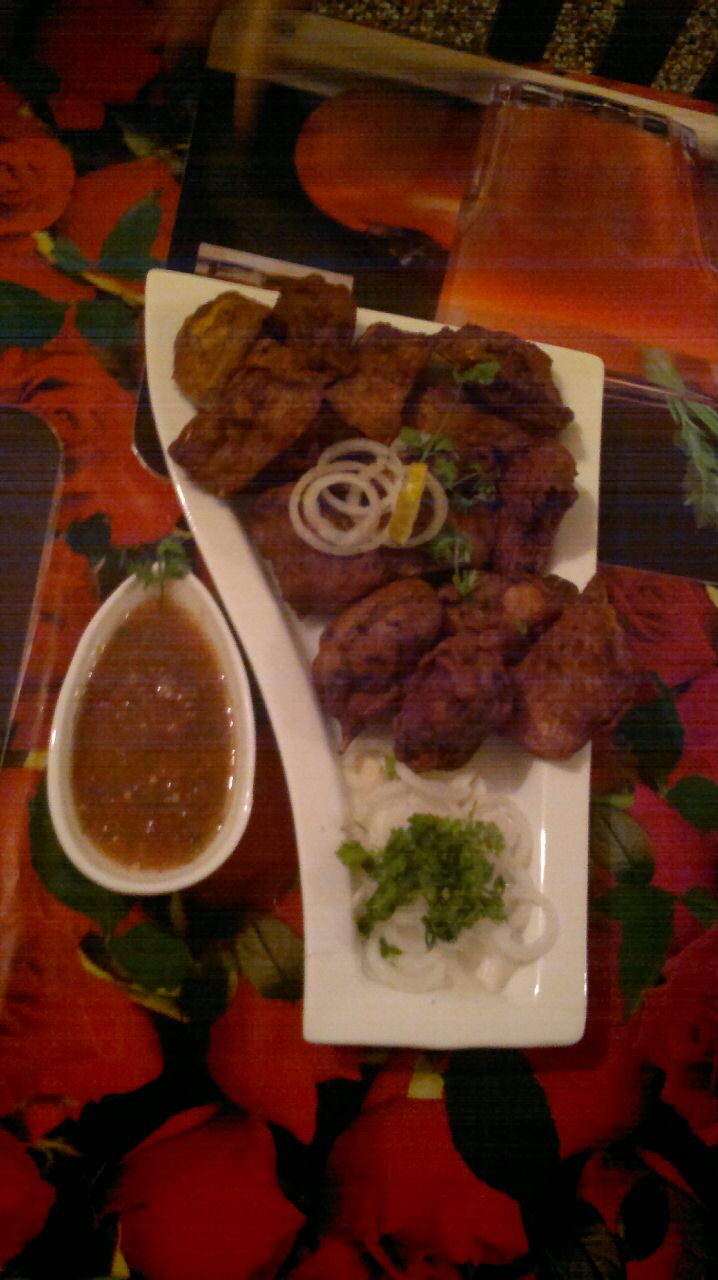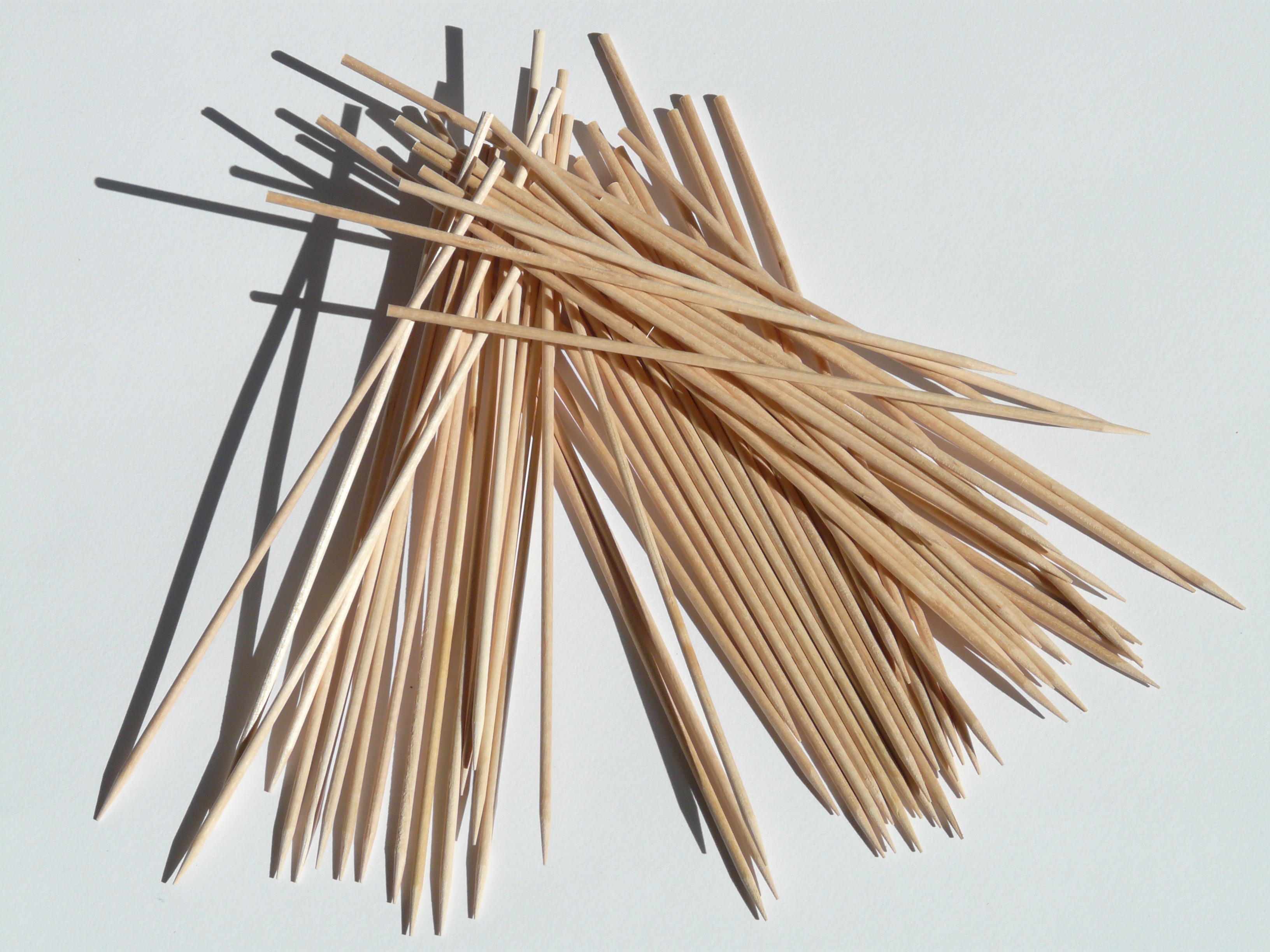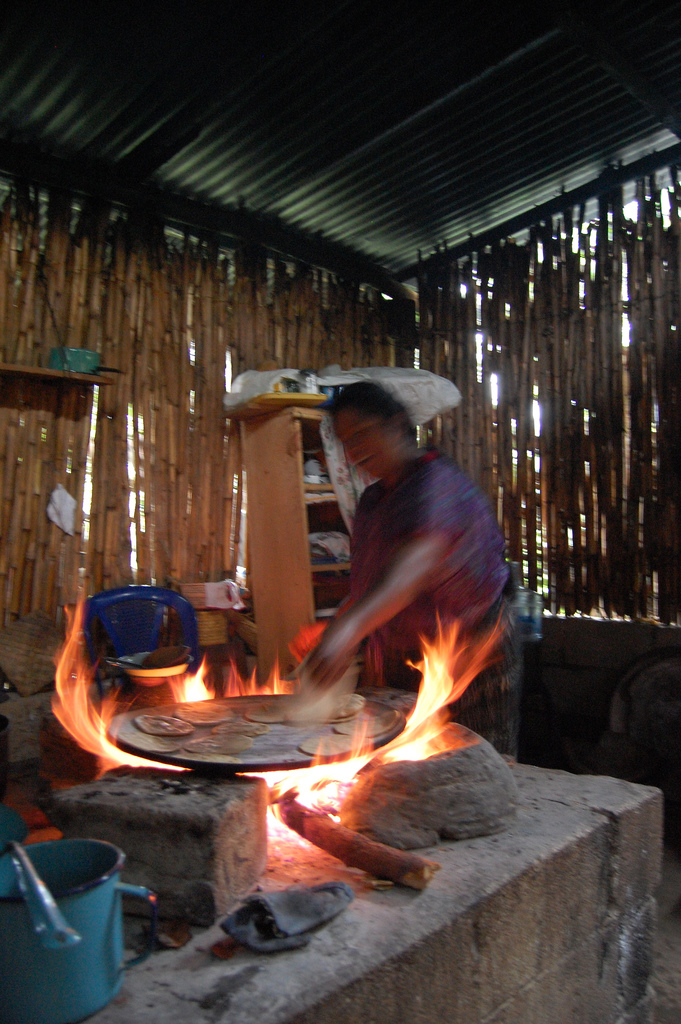|
Awadhi Cuisine
Awadhi cuisine ( hi, अवधी पाक-शैली, ur, ) is a cuisine native to the Awadh region in Northern India. The cooking patterns of Lucknow are similar to those of Central Asia, the Middle East, and Northern India with the cuisine comprising both vegetarian and non-vegetarian dishes. The Awadh region has been greatly influenced by Mughal cooking techniques, and the cuisine of Lucknow bears similarities to those of Central Asia, Kashmir, Punjab and Hyderabad. The city is also known for its Nawabi foods. Early history The ''bawarchis'' (chefs) and ''rakabdars'' (gourmet cooks) of Awadh invented the dum style of cooking or the art of cooking over a slow fire, which has become synonymous with Lucknow today. Their spreads consisted of elaborate dishes such as kebabs, kormas, biryanis, kaliyas, nahari-kulchas, zarda, sheermal, rumali rotis, and warqi parathas. The richness of Awadh cuisine lies not only in the variety of cuisine but also in the ingredients used li ... [...More Info...] [...Related Items...] OR: [Wikipedia] [Google] [Baidu] |
Awadh
Awadh (), known in British historical texts as Avadh or Oudh, is a region in the modern Indian state of Uttar Pradesh, which was before independence known as the United Provinces of Agra and Oudh. It is synonymous with the Kośāla region of Hindu, Bauddh, and Jain scriptures. Awadh is bounded by the Ganges Doab to the southwest, Rohilkhand to the northwest, Nepal to the north, and Bhojpur-Purvanchal to the east. Its inhabitants are referred to as Awadhis. It was established as one of the twelve original subahs (top-level imperial provinces) under 16th-century Mughal emperor Akbar and became a hereditary tributary polity around 1722, with Faizabad as its initial capital and Saadat Ali Khan as its first Subadar Nawab and progenitor of a dynasty of Nawabs of Awadh (often styled Nawab Wazir al-Mamalik). The traditional capital of Awadh is Lucknow, also the station of the British Resident, which now is the capital of Uttar Pradesh. Etymology The word Awadh is supposed to ... [...More Info...] [...Related Items...] OR: [Wikipedia] [Google] [Baidu] |
Rumali Roti
Rumali roti also called Manda. It is eaten with tandoori dishes. The word ''rumal'' means handkerchief in many north Indian languages, and the name ''rumali roti'' means handkerchief bread. In Punjab, it is also known as lamboo roti. Lamboo simply means long in Punjabi. It is also known as dosti roti in the Caribbean. This bread is extremely thin and limp, and served folded like a handkerchief. Rumali is usually made with a combination of whole wheat atta flour and white wheaten maida flour and cooked on the convex side of a karahi. A variation of rumali roti from Bannu and surrounding areas of Waziristan is a much larger version called ''paasti'' or ''paosti chappatai'', which means soft chappati. They are served as part of a meal known as ''penda'', ( pa, پینډه) usually prepared for a large gathering. Paosti is baked on a batt, which is a 55-gallon drum split in half length-wise and inverted over coal or wood fire. History In the late Buddhist period, Mandaka, today ... [...More Info...] [...Related Items...] OR: [Wikipedia] [Google] [Baidu] |
Dargah
A dargah ( fa, درگاه ''dargâh'' or ''dargah'', Turkish: ''dergâh'', Hindustani: ''dargah'' दरगाह درگاہ, bn, দরগাহ ''dorgah'') is a shrine or tomb built over the grave of a revered religious figure, often a Sufi saint or dervish. Sufis often visit the shrine for ziyarat, a term associated with religious visits and "pilgrimages". Dargahs are often associated with Sufi eating and meeting rooms and hostels, called ''khanqah'' or hospices. They usually include a mosque, meeting rooms, Islamic religious schools (madrassas), residences for a teacher or caretaker, hospitals, and other buildings for community purposes. The same structure, carrying the same social meanings and sites of the same kinds of ritual practices, is called ''maqam'' in the Arabic-speaking world. Dargah today is considered to be place where saints prayed and mediated (their spiritual residence). Shrine is modern day building which encompasses of actual dargah as well but n ... [...More Info...] [...Related Items...] OR: [Wikipedia] [Google] [Baidu] |
Tunde Ke Kabab
Tunde Ke Kabab, also known as Buffalo meat galouti kebab, is a dish made out of minced meat which is popular in Lucknow, India. It is part of Awadhi cuisine. It is said to incorporate 160 spices. Ingredients include finely minced Goat meat, plain yogurt, garam masala, grated ginger, crushed garlic, ground cardamom, powdered cloves, melted ghee, dried mint, small onions cut into rings, vinegar, saffron, rose water, sugar, lime. Tunde ke kabab were introduced to the Nawab of Awadh Wajid Ali Shah. Lucknow’s iconic eating joint Tunday Kababi, started in 1905, is famous for serving buffalo meat galouti kebab. Origin During the 17th century, in the Awadh state under the Mughals in Northern India, one of the members related to the Nawabs of Awadh held a competition for the local Khansamahs' to prepare Kebabs as soft as possible to chew. One of the khansamah named ' who was also Tunda' (one armed)'', prepared the dish with using at least 100 Indian and exotic spices includin ... [...More Info...] [...Related Items...] OR: [Wikipedia] [Google] [Baidu] |
Skewer
A skewer is a thin metal or wood stick used to hold pieces of food together. The word may sometimes be used as a metonym, to refer to the entire food item served on a skewer, as in "chicken skewers". Skewers are used while grilling or roasting meats and fish, and in other culinary applications. In English, brochette is a borrowing of the French word for skewer. In cookery, ''en brochette'' means 'on a skewer', and describes the form of a dish or the method of cooking and serving pieces of food, especially grilled meat or seafood, on skewers; for example "lamb cubes en brochette". Skewers are often used in a variety of kebab dishes. Utensil Metal skewers are typically stainless steel rods with a pointed tip on one end and a grip of some kind on the other end for ease of removing the food. Non-metallic skewers are often made from bamboo, as well as hardwoods such as birch, beech, or other suitable wood. Prior to grilling, wooden skewers may be soaked in water to avoid burnin ... [...More Info...] [...Related Items...] OR: [Wikipedia] [Google] [Baidu] |
Mughal Era
The Mughal Empire was an early-modern empire that controlled much of South Asia between the 16th and 19th centuries. Quote: "Although the first two Timurid emperors and many of their noblemen were recent migrants to the subcontinent, the dynasty and the empire itself became indisputably Indian. The interests and futures of all concerned were in India, not in ancestral homelands in the Middle East or Central Asia. Furthermore, the Mughal empire emerged from the Indian historical experience. It was the end product of a millennium of Muslim conquest, colonization, and state-building in the Indian subcontinent." For some two hundred years, the empire stretched from the outer fringes of the Indus River, Indus river basin in the west, northern Afghanistan in the northwest, and Kashmir in the north, to the highlands of present-day Assam and Bangladesh in the east, and the uplands of the Deccan Plateau in South India. Quote: "The realm so defined and governed was a vast territory of ... [...More Info...] [...Related Items...] OR: [Wikipedia] [Google] [Baidu] |
Tandoor
A tandoor ( or ) is a large urn-shaped oven, usually made of clay, originating from the Indian Subcontinent. Since antiquity, tandoors have been used to bake unleavened flatbreads, such as roti and naan, as well as to roast meat. The tandoor is predominantly used in Western Asian, Central Asian, South Asian and Horn of African cuisines. The roots of the tandoor can be traced back over 5000 years, to the ancient Indus Valley Civilization, one of the oldest known civilizations. The standard heating element of a tandoor is an internal charcoal or wood fire, which cooks food with direct heat and smoke. Tandoors can be fully above ground, or partially buried below ground, often reaching over a meter in height/depth. Temperatures in a tandoor can reach , and they are routinely kept lit for extended periods. Therefore, traditional tandoors are usually found in restaurant kitchens. Modern tandoors are often made of metal. Variations, such as tandoors with gas or electric heating elem ... [...More Info...] [...Related Items...] OR: [Wikipedia] [Google] [Baidu] |
Improved Cookstove
One aspect of energy poverty is lack of access to clean, modern fuels and technologies for cooking. As of 2020, more than 2.6 billion people in developing countries routinely cook with fuels such as wood, animal dung, coal, or kerosene. Burning these types of fuels in open fires or traditional stoves causes harmful household air pollution, resulting in an estimated 3.8 million deaths annually according to the World Health Organization (WHO), and contributes to various health, socio-economic, and environmental problems. A high priority in global sustainable development is to make clean cooking facilities universally available and affordable. Stoves and appliances that run on electricity, liquid petroleum gas (LPG), piped natural gas (PNG), biogas, alcohol, and solar heat meet WHO guidelines for clean cooking. Stoves that burn biomass more efficiently than traditional stoves are known as "improved cookstoves", and are an important interim solution in areas where deploying cleaner t ... [...More Info...] [...Related Items...] OR: [Wikipedia] [Google] [Baidu] |
Kebab
Kebab (, ; ar, كباب, link=no, Latn, ar, kabāb, ; tr, kebap, link=no, ) or kabob (North American) is a type of cooked meat dish that originates from cuisines of the Middle East. Many variants of the category are popular around the world, including the skewered ''shish kebab'' and the ''doner kebab'' with bread. Kebabs consist of cut up or ground meat, sometimes with vegetables and various other accompaniments according to the specific recipe. Although kebabs are typically cooked on a skewer over a fire, some kebab dishes are oven-baked in a pan, or prepared as a stew such as '' tas kebab''. The traditional meat for kebabs is most often lamb meat, but regional recipes may include beef, goat, chicken, fish, or even pork (depending on whether or not there are specific religious prohibitions). History In Ibn Sayyar al-Warraq's 10th-century Baghdadi cookbook ( ar, كتاب الطبيخ), a compendium of much of the legacy of Mesopotamian, Persian, and Arab cuisine, th ... [...More Info...] [...Related Items...] OR: [Wikipedia] [Google] [Baidu] |
Saffron
Saffron () is a spice derived from the flower of ''Crocus sativus'', commonly known as the "saffron crocus". The vivid crimson stigma and styles, called threads, are collected and dried for use mainly as a seasoning and colouring agent in food. Although some doubts remain on its origin, it is believed that saffron originated in Iran. However, Greece and Mesopotamia have also been suggested as the possible region of origin of this plant. Saffron crocus slowly propagated throughout much of Eurasia and was later brought to parts of North Africa, North America, and Oceania. Saffron's taste and iodoform-like or hay-like fragrance result from the phytochemicals picrocrocin and safranal. It also contains a carotenoid pigment, crocin, which imparts a rich golden-yellow hue to dishes and textiles. Its recorded history is attested in a 7th-century BC Assyrian botanical treatise, and has been traded and used for thousands of years. In the 21st century, Iran produces some 90% of ... [...More Info...] [...Related Items...] OR: [Wikipedia] [Google] [Baidu] |
Cardamom
Cardamom (), sometimes cardamon or cardamum, is a spice made from the seeds of several plants in the genera ''Elettaria'' and ''Amomum'' in the family Zingiberaceae. Both genera are native to the Indian subcontinent and Indonesia. They are recognized by their small seed pods: triangular in cross-section and spindle-shaped, with a thin, papery outer shell and small, black seeds; ''Elettaria'' pods are light green and smaller, while ''Amomum'' pods are larger and dark brown. Species used for cardamom are native throughout tropical and subtropical Asia. The first references to cardamom are found in Sumer, and in the Ayurvedic literatures of India. Nowadays it is also cultivated in Guatemala, Malaysia, and Tanzania. The German coffee planter Oscar Majus Klöffer introduced Indian cardamom to cultivation in Guatemala before World War I; by 2000, that country had become the biggest producer and exporter of cardamom in the world, followed by India. [...More Info...] [...Related Items...] OR: [Wikipedia] [Google] [Baidu] |









